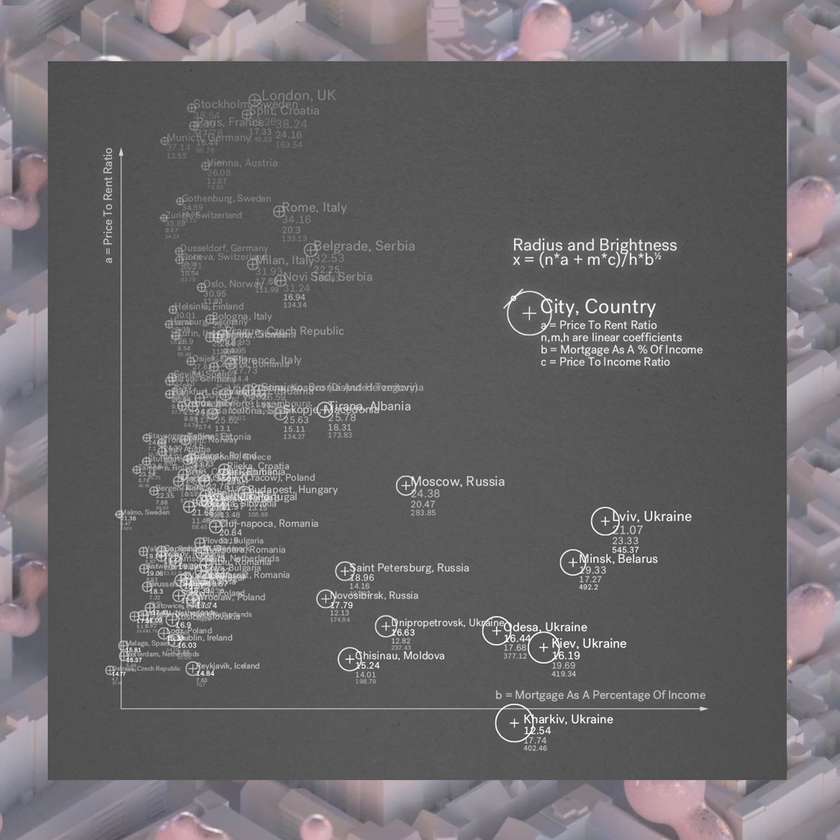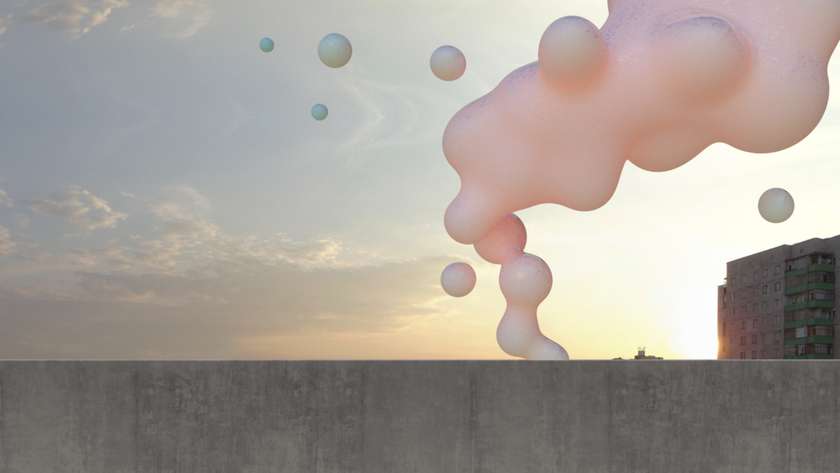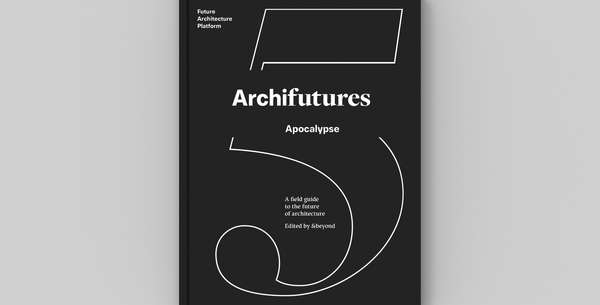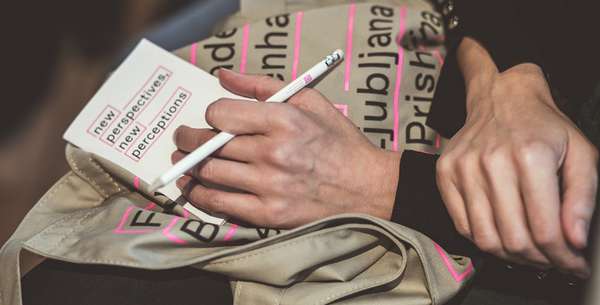Idea by
Maksym Rokmaniko, Francesco Sebregondi, Enrico Zago, Melissa Frost
Call for ideas 2018
DOMA
DOMA

Let’s face it: the housing market is broken. All around the world, too many urban dwellers are resigning themselves to a lifetime of rent. It is time to change this unsustainable mode of urban living.
DOMA is a shared ownership platform for affordable housing. Its principle is simple: to break down the value of urban property into thousands of blockchain-based digital tokens that can be traded autonomously. This logic, in turn, will enable access to the housing market and its benefits to people that are currently priced out of it.
Operating as a non-profit cooperative, DOMA continuously purchases housing stock in the most dynamic urban areas and makes it available to the platform’s users. It provides equity shares in return for monthly payments, progressively turning its users into homeowners.
DOMA slips between the built environment and its community of users to create the housing architecture that the contemporary city needs.

Users: Doma users are becoming homeowners by gaining equity within a network of homes. Doma provides equity shares in return for monthly payments that decrease over time. The longer you live in a Doma unit, the less you pay for it and the more you own it.

Smart Contracts: In the core of Doma, there are smart contracts. They’re more secure, blockchain-based protocols that facilitate and record all the interactions between Users and the Platform.
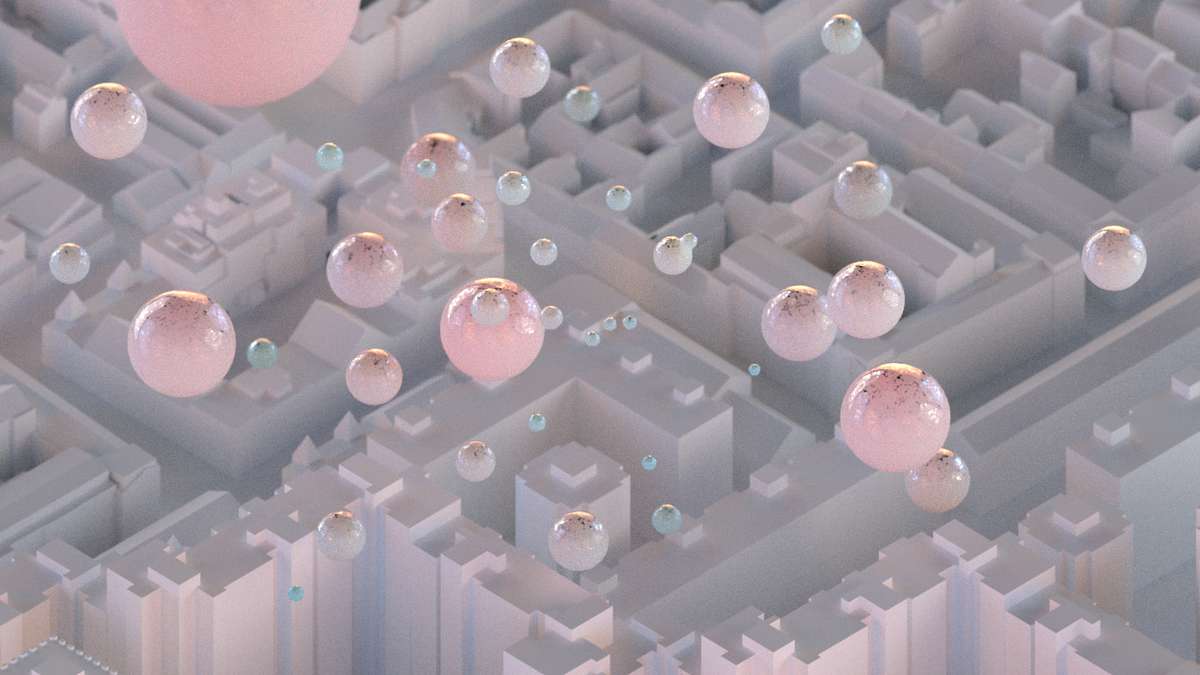
Cities: Doma comes in as an alternative to the old and broken binary of renting or buying a home. It’s a third way, which doesn’t rely on banks and mortgages, but on a network of people and places.

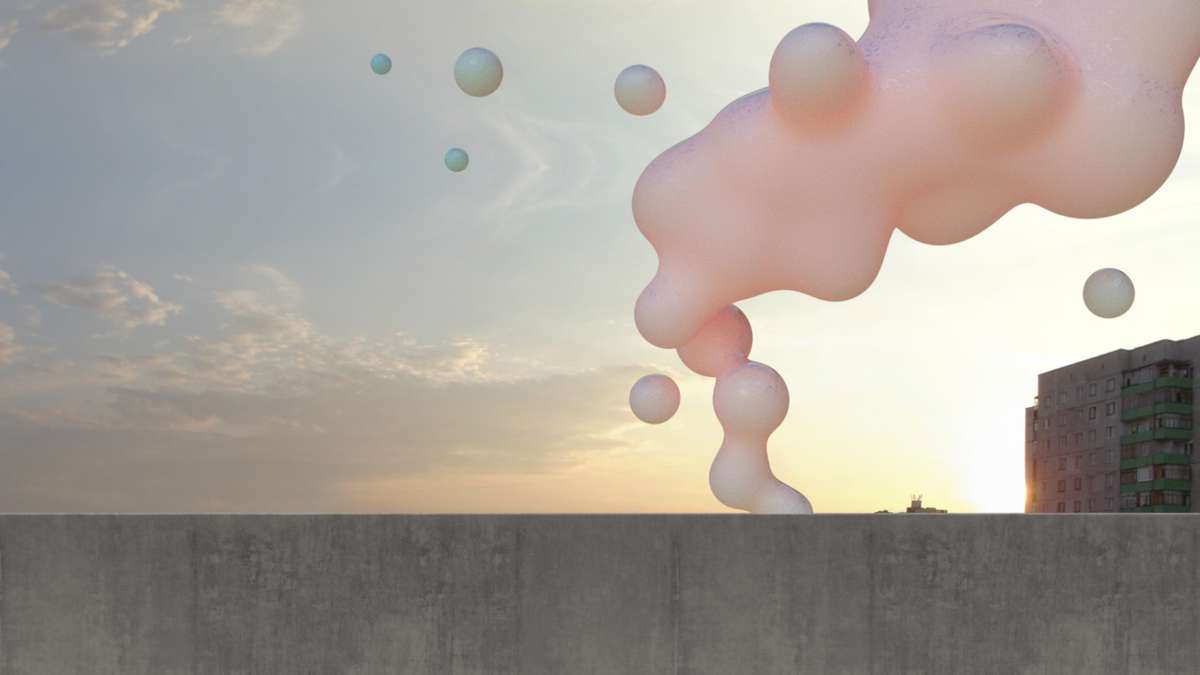
DOMA
DOMA

Let’s face it: the housing market is broken. All around the world, too many urban dwellers are resigning themselves to a lifetime of rent. It is time to change this unsustainable mode of urban living.
DOMA is a shared ownership platform for affordable housing. Its principle is simple: to break down the value of urban property into thousands of blockchain-based digital tokens that can be traded autonomously. This logic, in turn, will enable access to the housing market and its benefits to people that are currently priced out of it.
Operating as a non-profit cooperative, DOMA continuously purchases housing stock in the most dynamic urban areas and makes it available to the platform’s users. It provides equity shares in return for monthly payments, progressively turning its users into homeowners.
DOMA slips between the built environment and its community of users to create the housing architecture that the contemporary city needs.

Users: Doma users are becoming homeowners by gaining equity within a network of homes. Doma provides equity shares in return for monthly payments that decrease over time. The longer you live in a Doma unit, the less you pay for it and the more you own it.
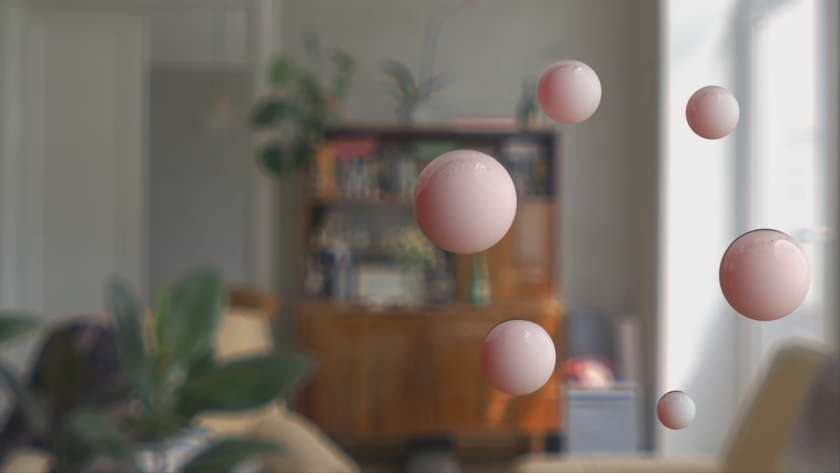
Smart Contracts: In the core of Doma, there are smart contracts. They’re more secure, blockchain-based protocols that facilitate and record all the interactions between Users and the Platform.

Cities: Doma comes in as an alternative to the old and broken binary of renting or buying a home. It’s a third way, which doesn’t rely on banks and mortgages, but on a network of people and places.
